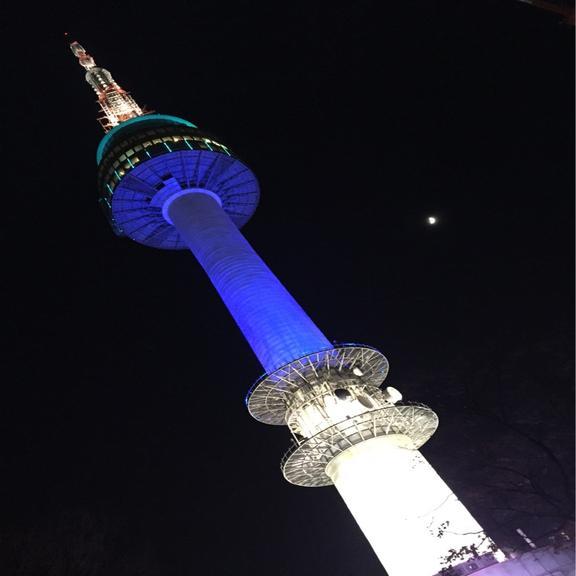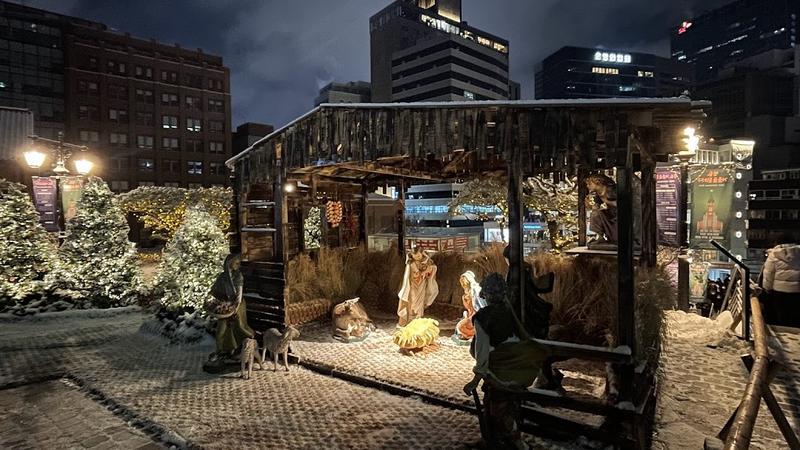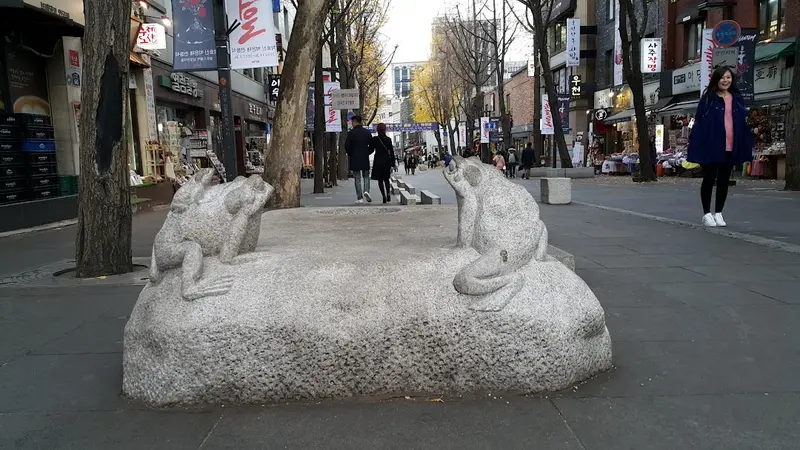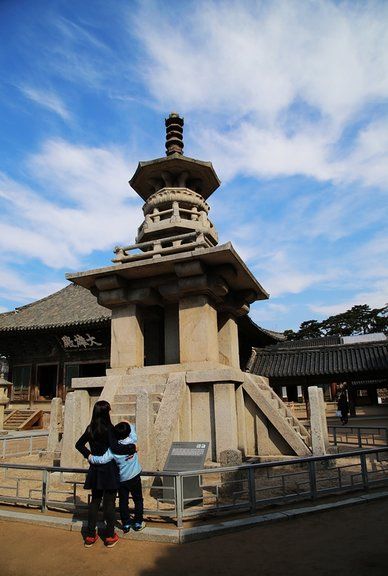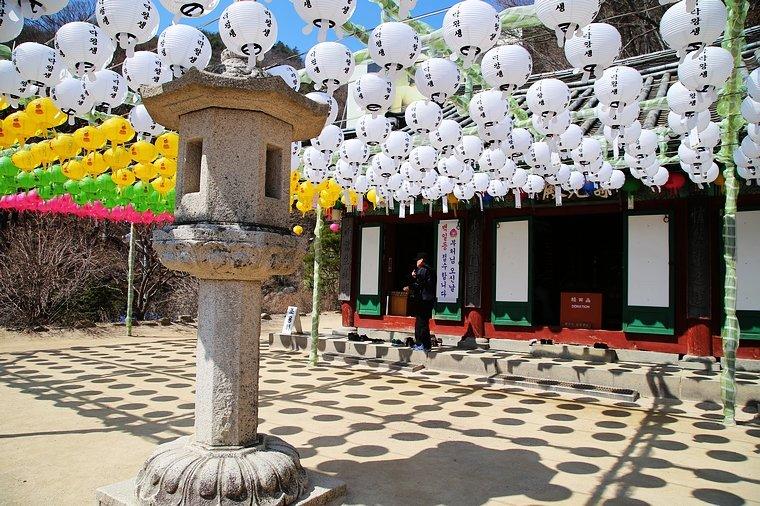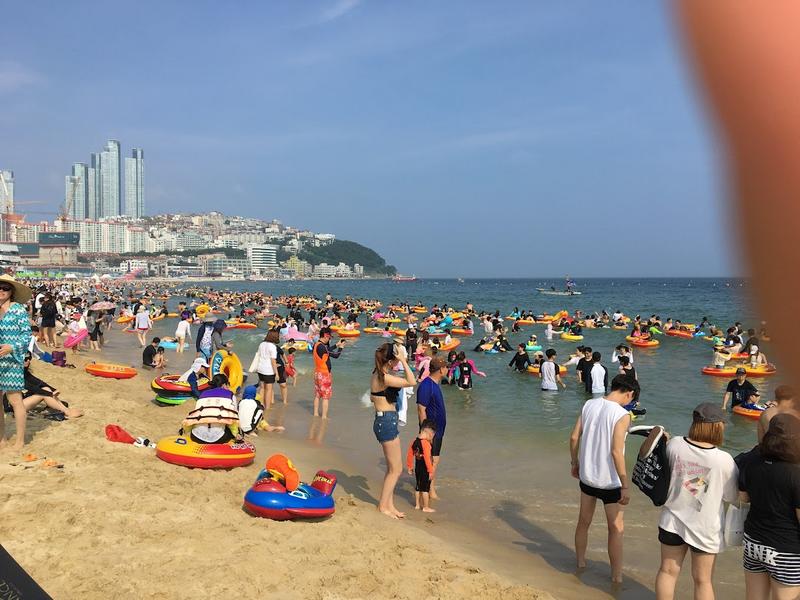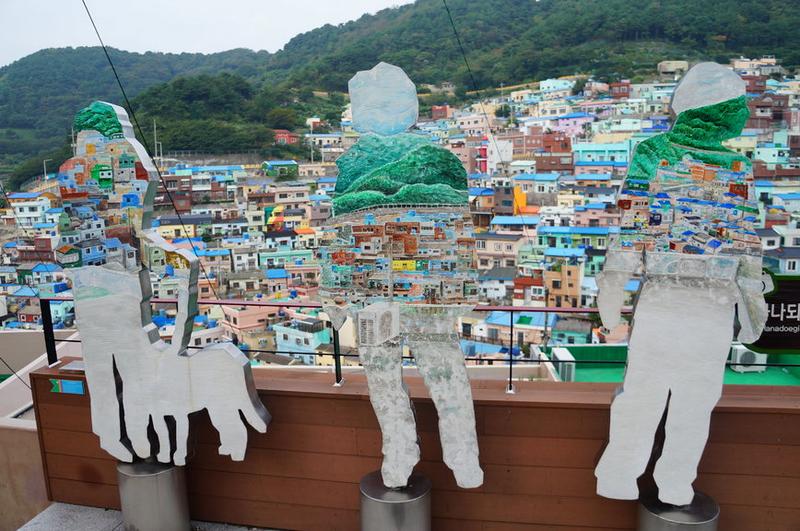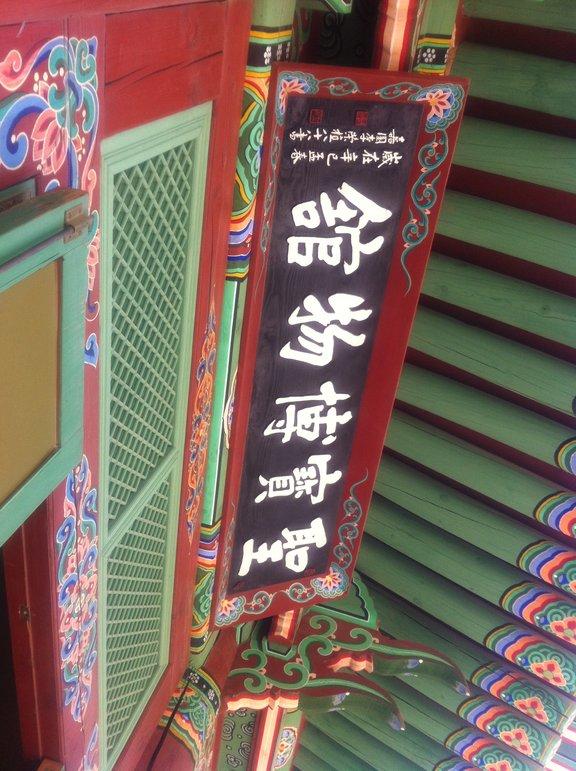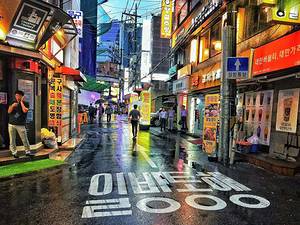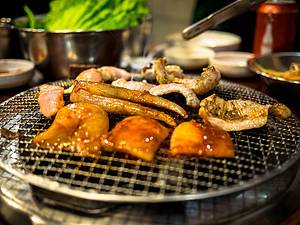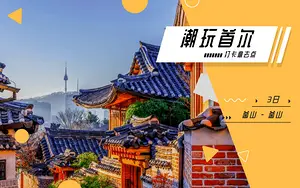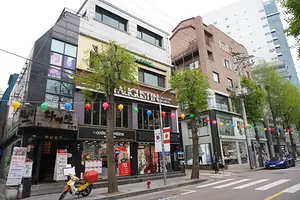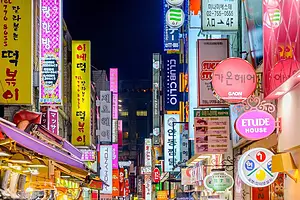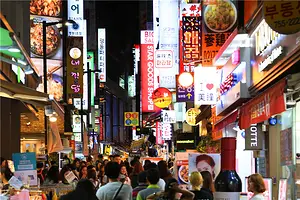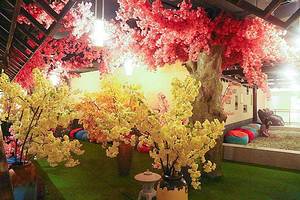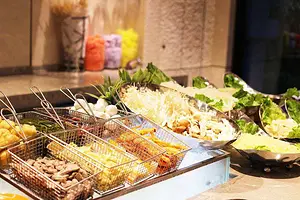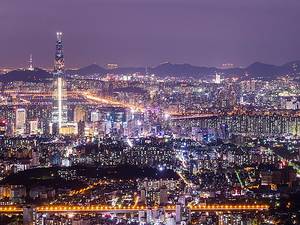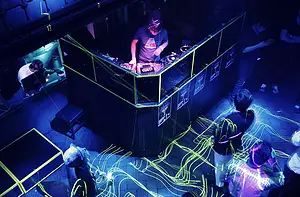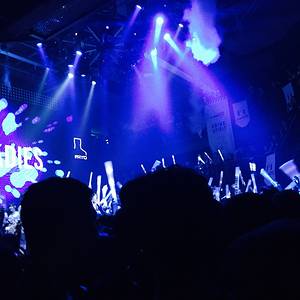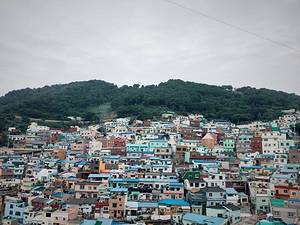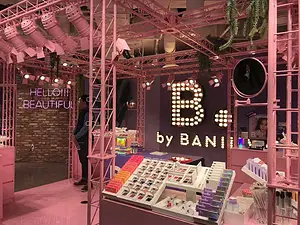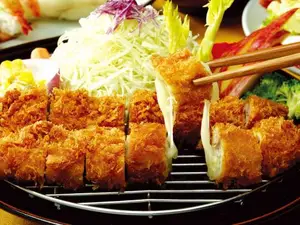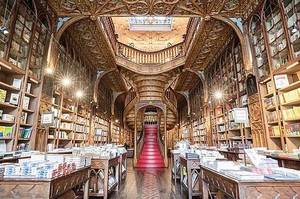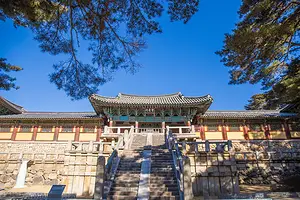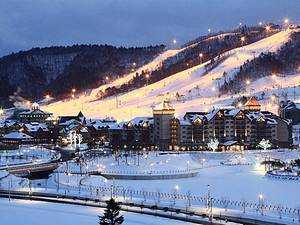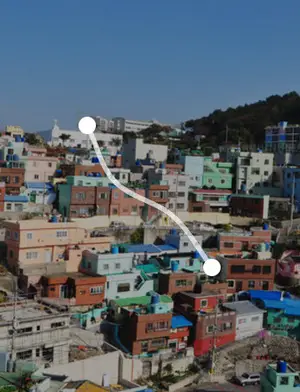Discovery of South Korea: 7-Day Adventure
3 cities |
12 attraction(s) |
total distance 410
km
 TIPS
TIPS
Day1
Day2
Day3
Day4
Day5
Day6
Day7
Day1: Seoul
2 attraction(s) ·
1 km
1
Free guided tours are offered of this large 14th-century royal palace with a museum & gardens.
1
km
2
Village dating to the 14th century filled with narrow streets lined with restored traditional homes.
Day2: Seoul
2 attraction(s) ·
2 km
1
N Seoul Tower is a 236.7-meter tall tower located on Namsan Mountain in the Yongsan-gu district of Seoul, South Korea. It was built in 1975 and was previously known as Seoul Tower or Hanseong Tower. However, due to outdated facilities and poor services, it did not attract many visitors. In 2000, CJ Corporation and YTN News Channel signed a 10-year lease contract and invested 15 billion Korean won to renovate and rebrand the tower. On December 9, 2005, the newly renovated N Seoul Tower was unveiled. The "N" in N Seoul Tower represents both the first letter of Namsan and the concept of "new". The new facilities include lighting equipment suitable for different seasons and events, as well as a repainted tower body. Every night from 7 pm to 12 am, six searchlights form a flower pattern in the sky to celebrate the "Flower of Seoul".
N Seoul Tower is known as a symbol of Seoul and a famous tourist attraction. From the top of the tower, visitors can enjoy a spectacular panoramic view of Seoul and hang love locks. The experience of dining at the sky-high restaurant is unforgettable, sipping drinks while overlooking Seoul. The second-floor restroom, with its window showcasing the beautiful view of Seoul, is affectionately known as the "sky bathroom". In recent years, the attraction has gained more attention as it has been featured in many Korean variety shows. In addition, N Seoul Tower houses various other facilities, making it a true cultural and entertainment center.
It is worth noting that the Teddy Bear Museum on the tower has been closed.
2
km
Day3: Seoul
2 attraction(s) ·
1 km
1
Changdeokgung Palace, located in Seoul, is a royal palace of the Joseon Dynasty. It was destroyed during the Japanese invasions in the late 16th century but was reconstructed in 1609. It is the only well-preserved architectural complex from the Joseon era. Among them, Donhwamun is the only wooden building that has never been destroyed and has unique characteristics. Changdeokgung Palace exemplifies the integration of artificial constructions with nature, attracting numerous visitors. If you are fond of traditional aesthetics, Changdeokgung Palace is definitely a must-visit destination. In addition, the rear garden of Changdeokgung Palace is also one of the famous gardens in Korea. A typical visit takes about 60 minutes, and if you want a more in-depth experience, a special tour takes about 120 minutes. As the first UNESCO World Heritage site in Seoul, Changdeokgung Palace is definitely worth a visit.
1
km
Day4: GyeongJu
2 attraction(s) ·
2 km
2
Day5: Busan
2 attraction(s) ·
16 km
1
Expansive beach with lively crowds & convenient access to a variety of hotels, cafes & restaurants.
16
km
2
Day6: Busan
2 attraction(s) ·
22 km
1
World famous market for fresh fish & seafood to take away or eat at the informal stalls.
22
km
2
Bosu Temple is located at the foot of Mt. Geumjeong in Busan, South Korea. It is one of the major Buddhist temples in Korea. The temple was built by Master Yihyang during the 18th year of King Munmu of Silla. According to the historical record "Dongguk Yeoji Seungnam," there is a golden well on the ridge of Mt. Geumjeong, and golden fish descend from the sky to play in the well, which is how the mountain and temple got their names. However, during the Japanese invasions of Korea in 1592, the temple was burned down. The current temple buildings were reconstructed in 1713 and represent the latest version of the temple.
Bosu Temple has a long history, and the Daeungjeon Hall and the three-story stone pagoda, which are of significant historical value, have been designated as national treasures in Korea.
Day7:
0 attraction(s) ·
0 km


